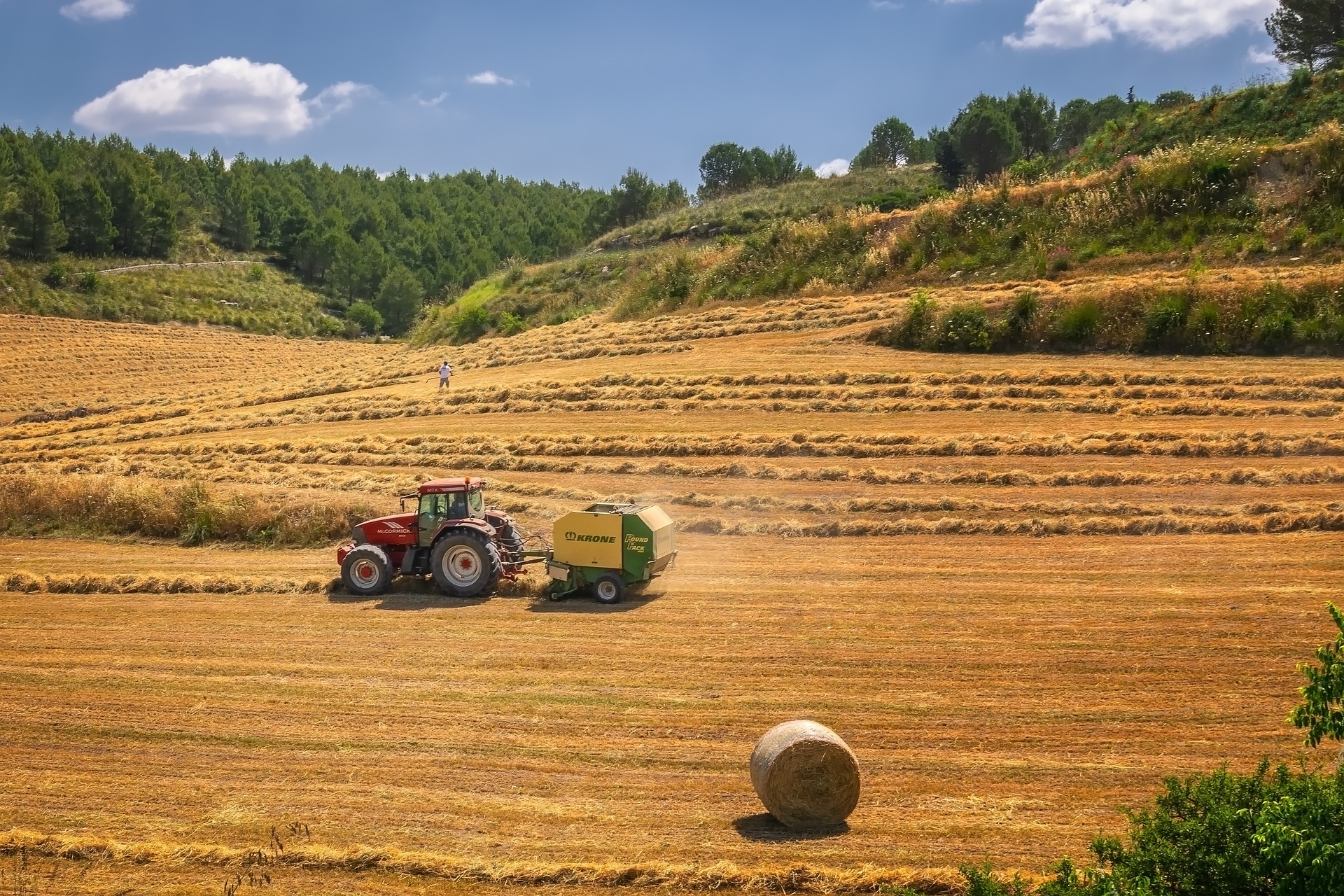Crop production forecast for Australia and Algeria
Analysts raised the grain production forecast for Australia
After several years of drought, the weather finally smiled on Australian farmers. Autumn in the current year was pleasant with abundant rains, which had a positive impact on the harvest. Given this factor, analysts revised the wheat production forecast for the country — it increased by 11.2%, to 27.8 million tons. The previous estimate was 25 million tons, but it was published even before the rains, which actively occurred in several regions of Australia, including those where crops are grown.
Rainfall was heavy in New Wales, western Australia and Queensland. This, combined with favorable conditions at the start of the winter crop planting season, greatly increased the prospects for yields.
However, there is a downside to the rains and strong crop growth — they have led to a peak in the number of mice that are damaging crops. Rodents have already destroyed some of the crops, but thanks to the cold weather, the damage has been negligible. The fact is that when temperatures drop and humidity is high, the reproduction of mice slows down.
Australia’s main wheat importers — countries in Asia and the Middle East — have already responded to the higher wheat production forecast. Fears of supply shortfalls have decreased, which in turn has stabilized grain prices on the world market. Back in April, there was a rush on the Chicago exchange — wheat futures hit a peak that had not been seen since 2013. Prices then rose by 30% compared to the previous period. In addition to wheat, analysts have good expectations for the relative yields of barley and canola. Production of the first crop should be about 10.4 million tons, before that the forecast said about 8.8 million tons.
In addition to wheat, analysts have good expectations for the relative yields of barley and canola. Production of the first crop should be about 10.4 million tons, before that the forecast said about 8.8 million tons.
Rapeseed yields will be at 4.2 million tons, previously the forecast was about 3 million tons.
Algeria has been less fortunate than Australia, due to drought, which has had a significant impact on crop production. According to expectations from experts, the harvest will fall by 35-40%, last year it was 5 million tons.
For several years, the country has almost completely covered the needs of the domestic market in barley and durum wheat by its own production. As for soft wheat, the main importer here is France.
Drought affected the whole country, but it was most acutely felt in the regions, which have always shown a high yield of grain. The pandemic and its restrictions also had a negative impact, leaving farmers unable to fully operate.
The decline in production will force the government to look for suppliers of crops on the world market.
